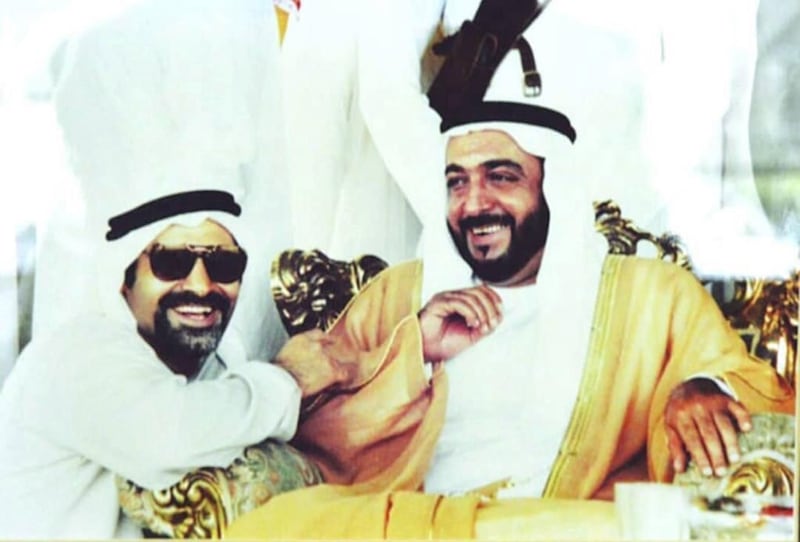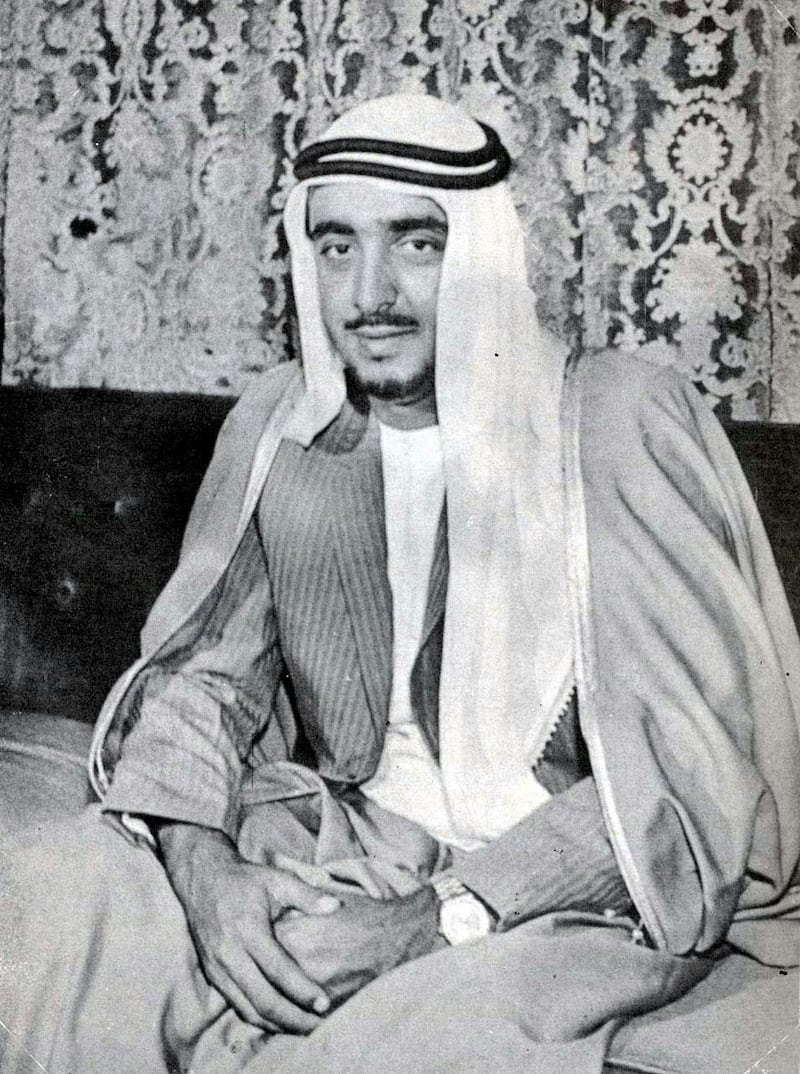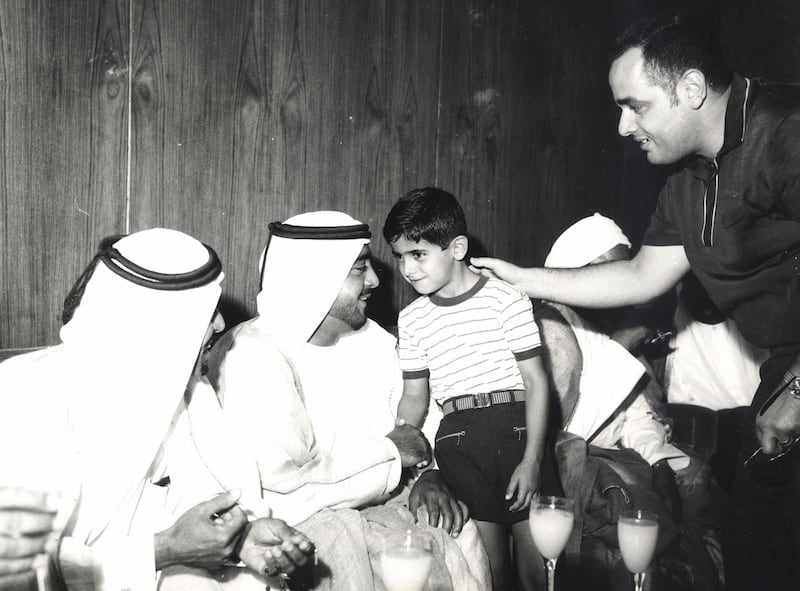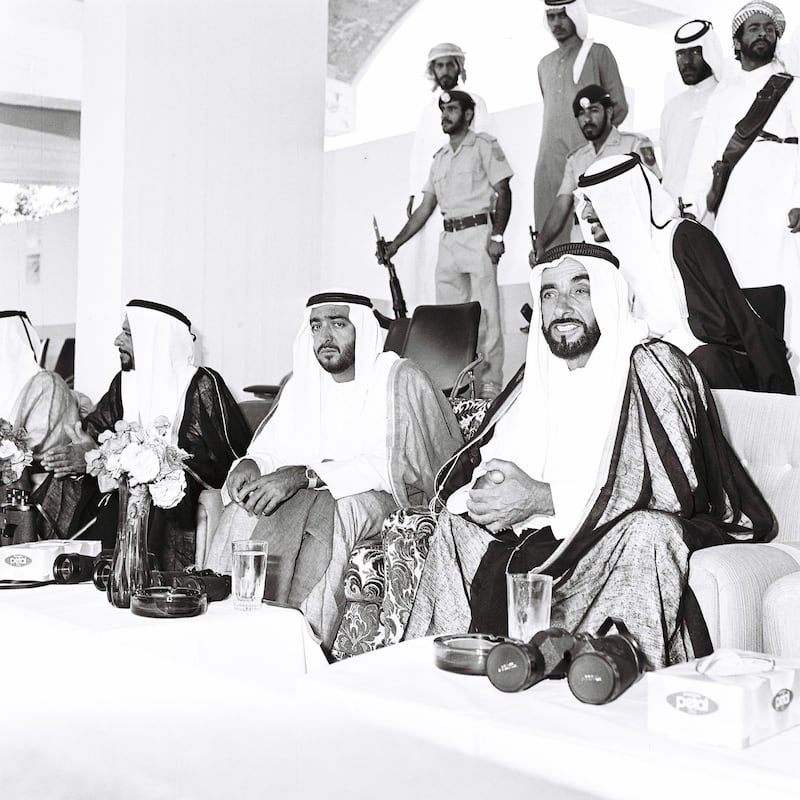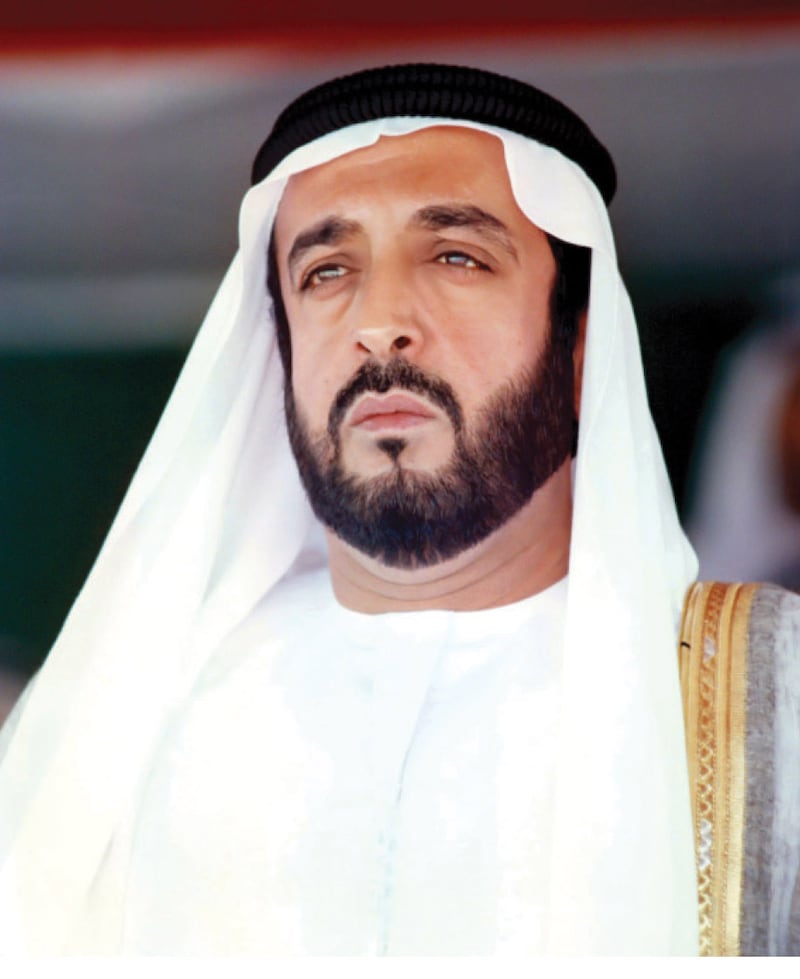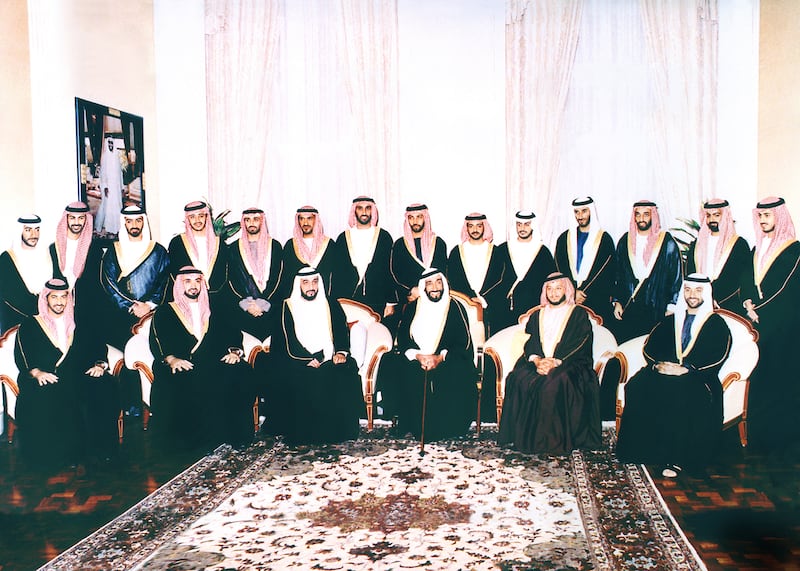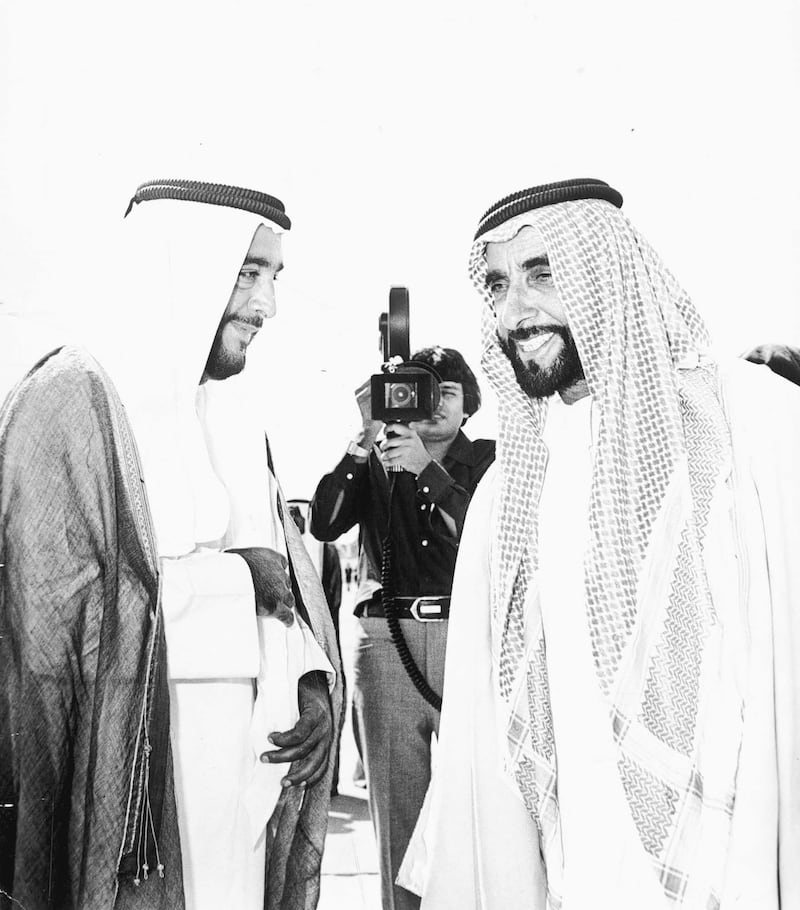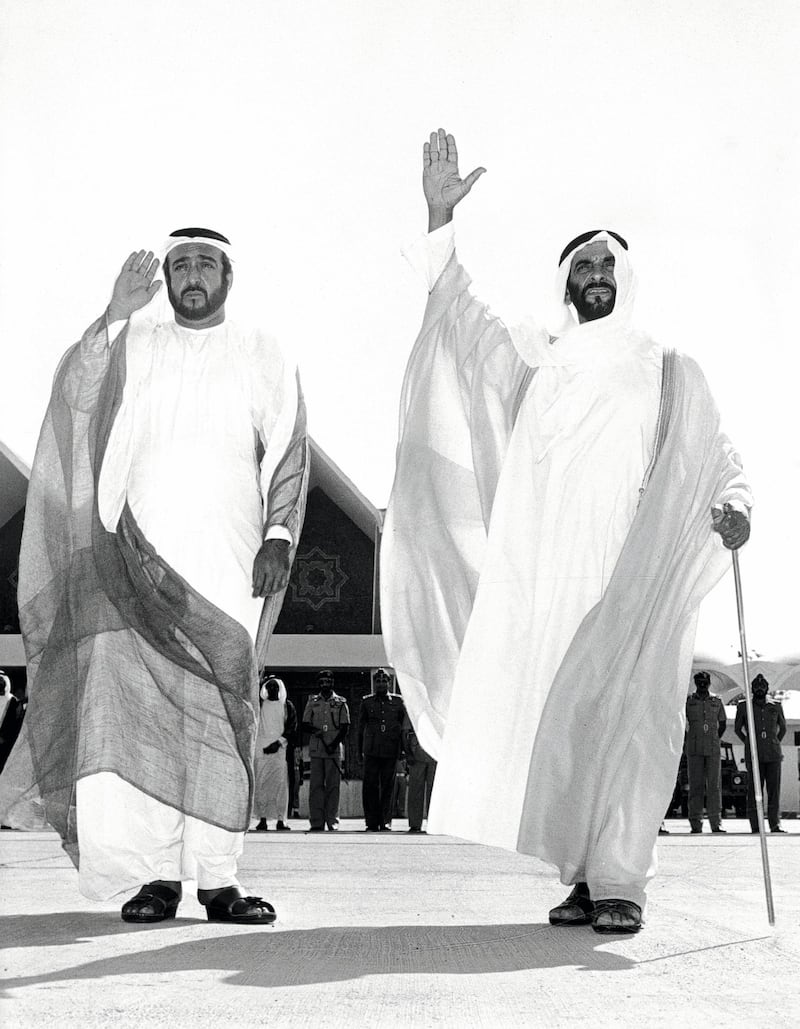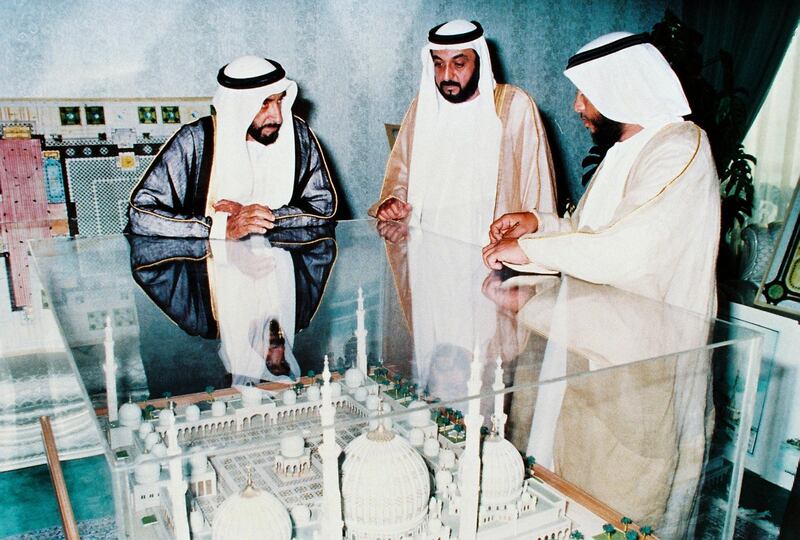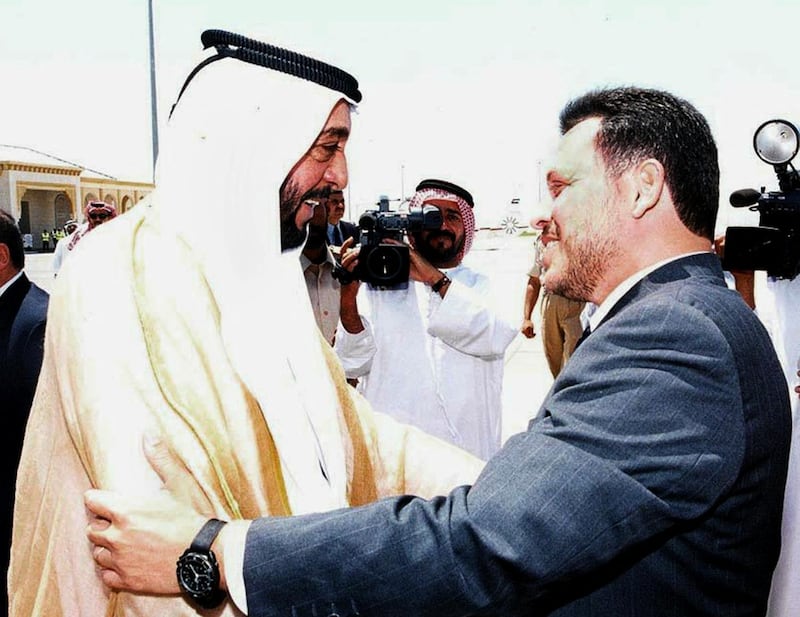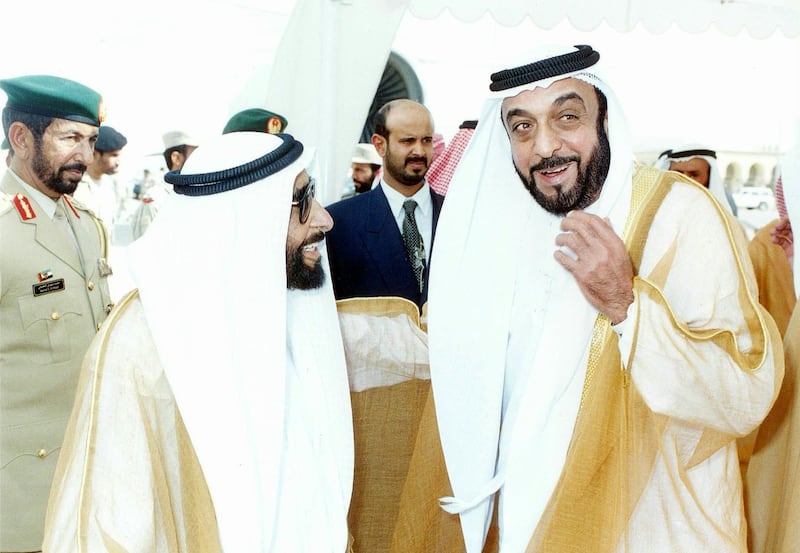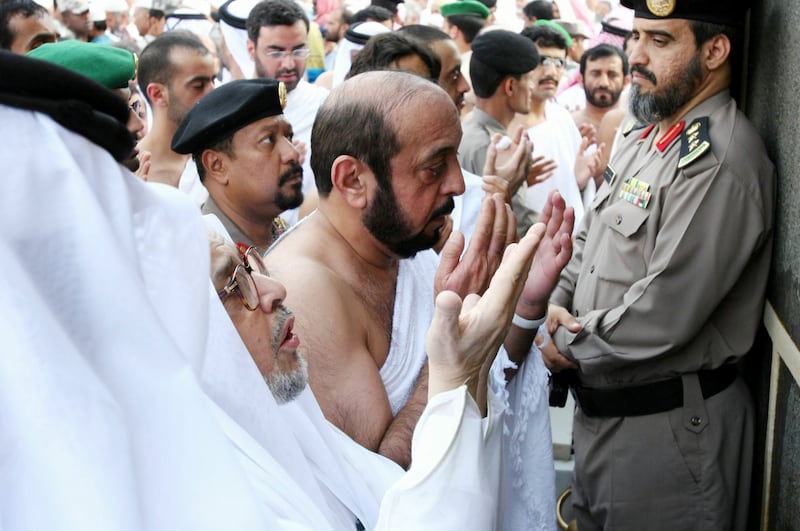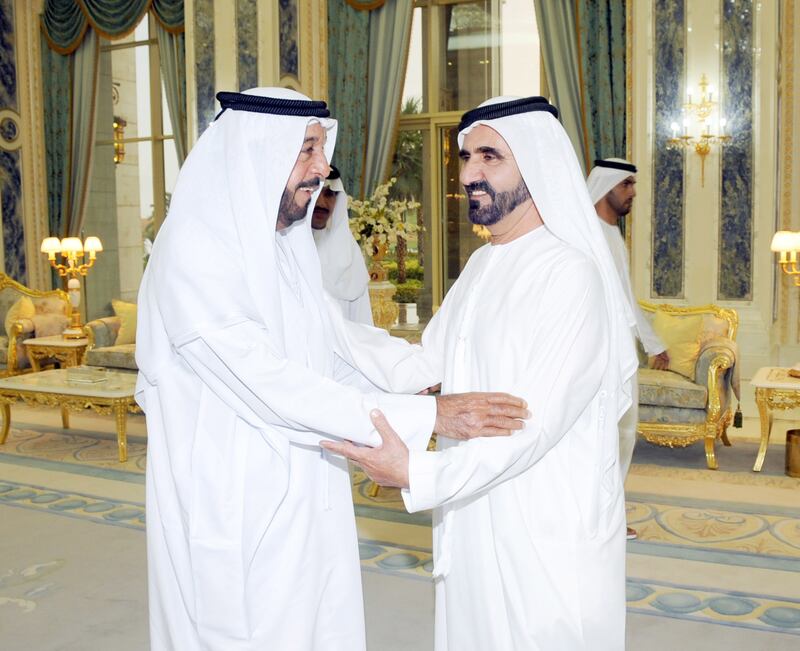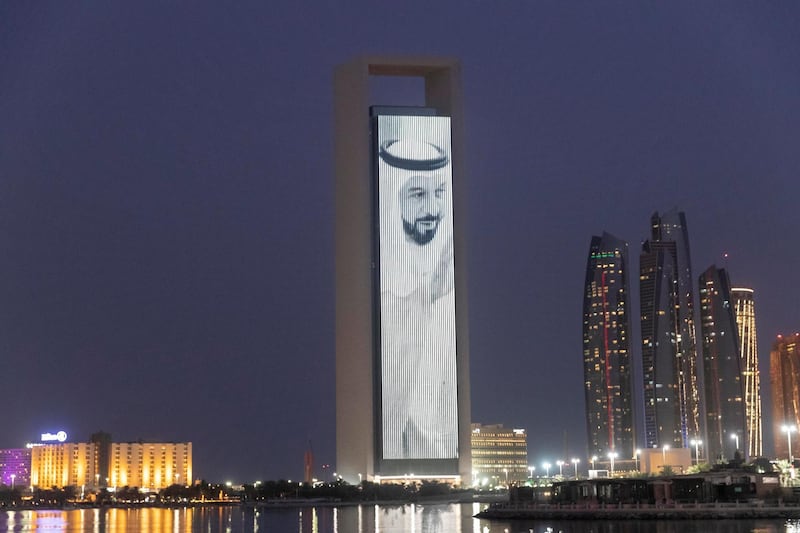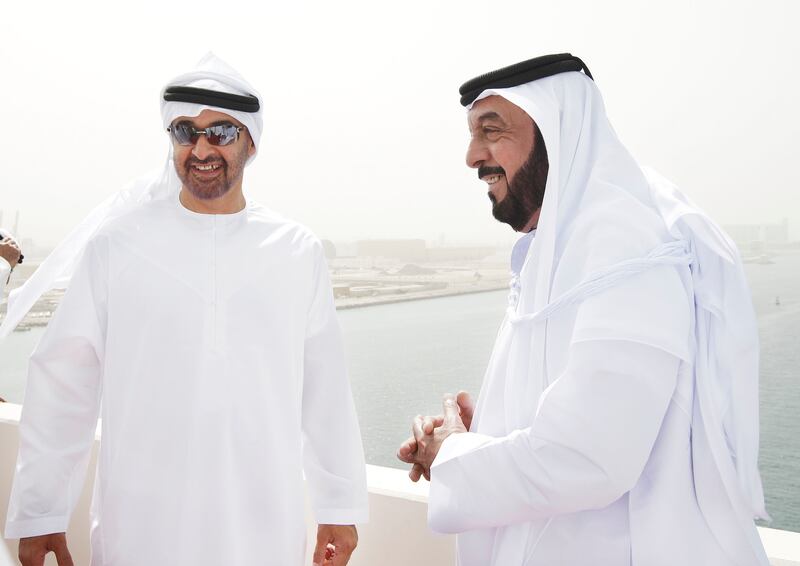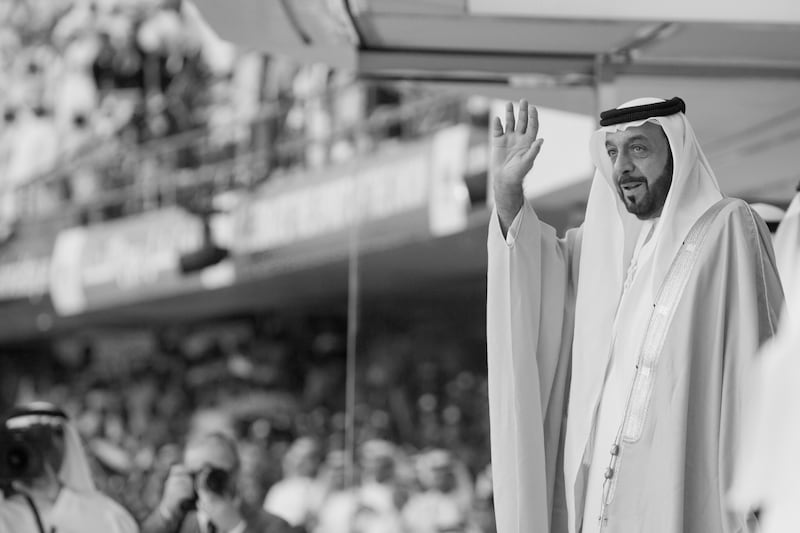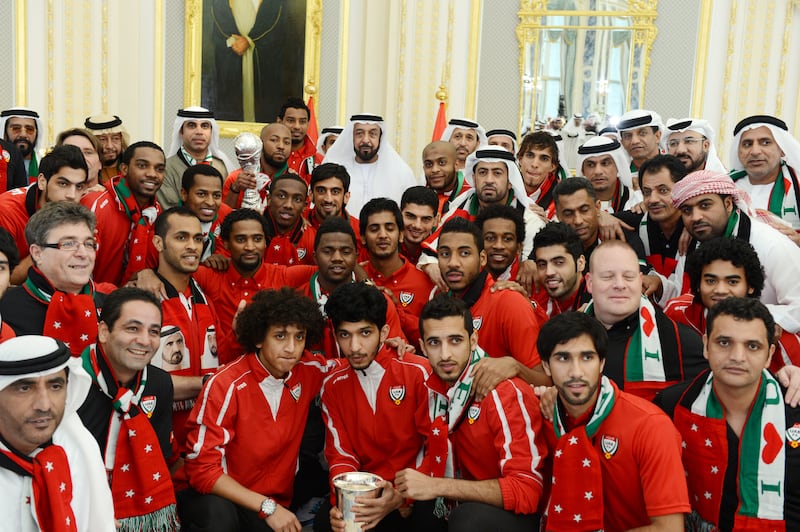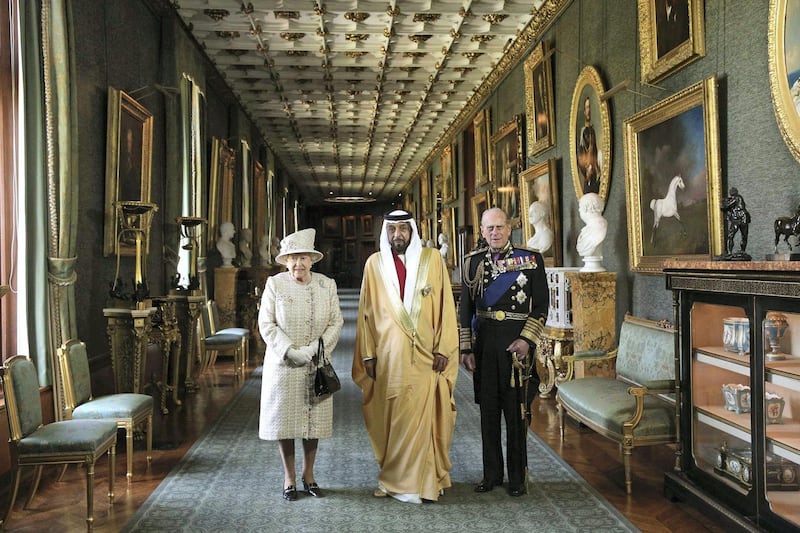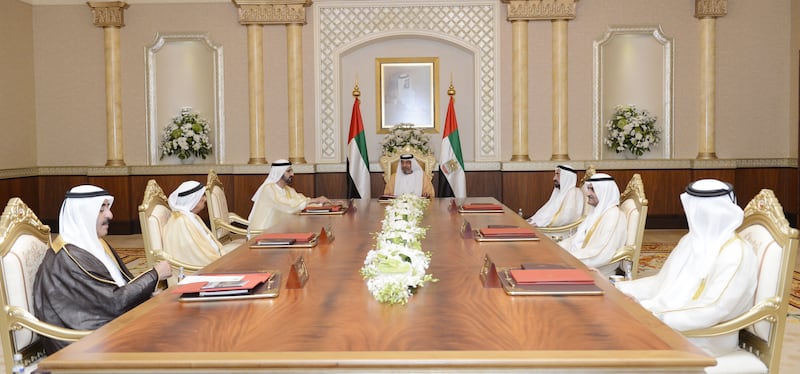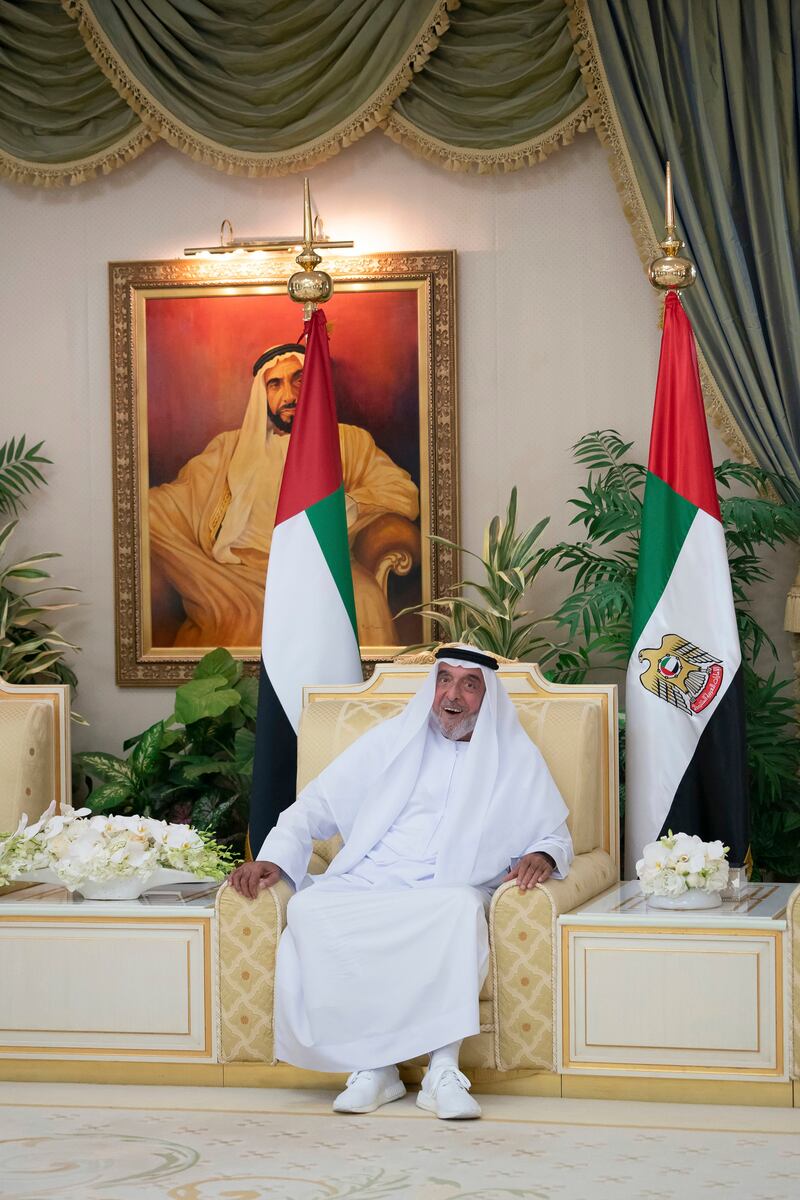In 2004, when Sheikh Khalifa became President after the death of UAE Founding Father, the late Sheikh Zayed bin Sultan Al Nahyan, the Emirates had already made progress towards becoming an advanced nation.
There was well-developed infrastructure connecting all corners of the country, top-class healthcare, universities aplenty, some of the most spectacular modern architecture and a thriving tourism sector.
Under Sheikh Khalifa’s guidance, the country has continued to grow, attracting investment and people from across the world, expanding its education and healthcare sectors, and producing myriad developments that are recognised worldwide.
Here we look at some of the main ways in which the UAE has progressed during Sheikh Khalifa’s presidency.
Population
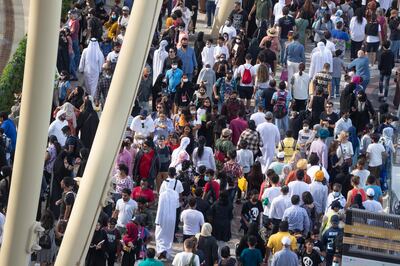
The UAE continued its rapid growth in population under Sheikh Khalifa, with the total more than doubling, according to World Bank data, from 4.07 million in 2004 to 9.89 million in 2020, the most recent year for which figures are available.
In 2020, the population grew by 1.2 per cent, according to World Bank figures.
The UN forecasts the population of the Emirates will reach about 11.1 million by 2030, by 2050 around 13.2 million and by 2100 about 14.8 million.
Some experts have forecast faster growth, with Prof Philippe Fargues, director of the migration policy centre at the European University Institute, telling The National he thought Dubai’s population could double over the next decade.
GDP
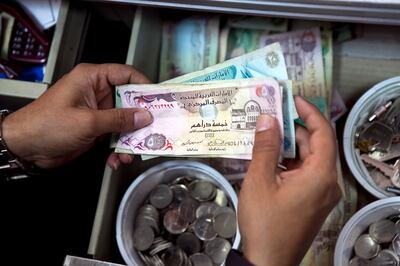
Like other nations, the UAE has experienced significant fluctuations in gross domestic product as a result of the global economic slump of the late 2000s and the coronavirus pandemic.
But the Emirates also proved itself capable of bouncing back from such challenges and, under Sheikh Khalifa, the country’s growth outpaced that of the world as a whole.
In 2004, the UAE’s GDP was $147.82 billion, a figure that by 2020 had increased to $358.87bn, an increase of nearly 143 per cent.
Global GDP during the same 18-year period grew from $44.11 trillion to $84.75tn, a more modest increase of a little more than 92 per cent.
This means, overall, that while Sheikh Khalifa was President, economic activity in the UAE grew more than one-and-a-half times as fast as it did in the world as a whole.
Life expectancy and healthcare
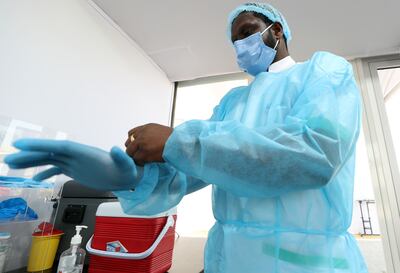
When Sheikh Khalifa became President, the UAE was, thanks to its advanced healthcare system, well ahead of the global average in life expectancy.
Rapid development had taken the nation’s average life expectancy from 52 years (one year less than the global average) in 1960 to 75 (six years more than the global average) in 2004.
With healthcare provision continuing to develop, the UAE’s average life expectancy has further improved, reaching 78 in 2020, which is five years more than the average for the world.
While challenges such as poor diet and lifestyle remain, progress has been made in many areas of healthcare.
For example, in 2005 the UAE recorded about five maternal deaths for every 100,000 live births, but by 2017 the figure had fallen to three for every 100,000 live births, according to data published by the World Health Organisation. Improvements in maternal care, technology and medical education are credited with the improvements.
Education
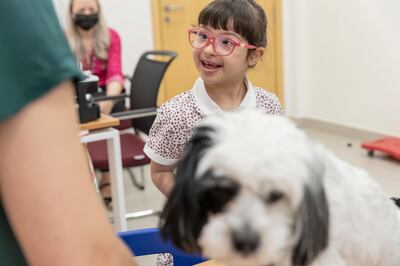
Under Sheikh Khalifa, the UAE significantly expanded its education sector, with globally renowned higher education institutions such as New York University and the Sorbonne opening campuses in the Emirates, and home-grown institutions progressing in international rankings.
Khalifa University was ranked 446th in the world in the QS World University Rankings in 2015, when the university was first listed, but in the 2022 table it had progressed to 183rd.
Other UAE institutions have also moved up, including UAE University, which went from 372nd in 2010 to 288th this year. The American University of Sharjah has moved up from 426th in 2012 to 383rd this year.
In 2009, for the first time, the UAE took part in the rankings of the Programme for International Student Assessment (Pisa), which measures the attainment of 15-year-old pupils in reading, mathematics and science.
In the 2009, 2012, 2015 and 2018 assessments (the 2021 edition has been postponed until later this year), the UAE achieved results that were below the OECD average, as is the case for most non-OECD nations, but were “largely stable”, the OECD said.
Foreign direct investment
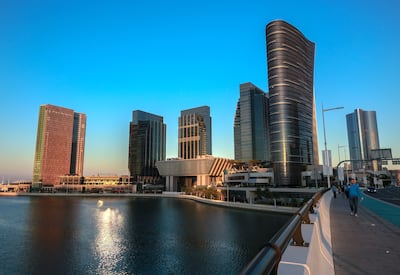
With its central location and business-friendly regulations aimed at promoting economic diversification, the UAE has long been an attractive location for foreign direct investment.
During Sheikh Khalifa’s presidency, the annual totals fluctuated in line with global economic patterns, but the overall trend was upwards.
In 2004, foreign direct investment into the UAE was valued at $10bn, according to data published by the World Bank. It peaked in 2007 at $14.2bn before the economic crash hit hard, with the total two years later just $1.13bn.
Since then, with much smaller peaks and troughs, the country has achieved steady increases, with FDI growing 11.2 per cent in 2020 to reach $19.9bn.
This growth was achieved despite the coronavirus pandemic, which resulted in the global FDI total plunging by 42 per cent in 2020.
Overall, the UAE achieved almost a doubling of FDI between 2004 and 2020, while globally over the same period the total increased only 40.4 per cent, from $612bn to $859bn.
Female participation
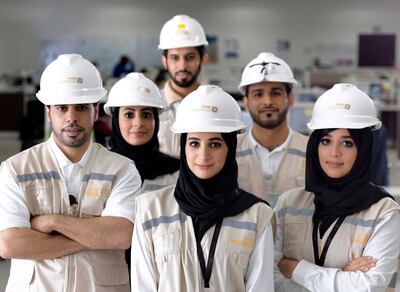
During Sheikh Khalifa’s presidency, the UAE made significant progress when it came to women’s representation in the workforce, decision-making bodies, government and education, among other areas.
Figures from the International Labour Organisation published by the World Bank indicate that in 2004, 37 per cent of females aged 15 and over were economically active.
There has been a strong upwards trend for most of the subsequent period, and last year the figure was 47 per cent.
This increase in female participation in the UAE came despite a fall in female labour force participation globally, from 64 per cent of females aged 15 and over being economically active in 2004, to 59 per cent in 2021.
Women make up half the members of the Federal National Council, and the UAE embassy to the US notes that the UAE ranked first in the female parliamentary representation index in the IMD World Competitiveness Yearbook 2020.
According to the UAE gender balance council, 95 per cent of females who graduate from high school in the UAE go on to tertiary education, compared to 80 per cent of males.
